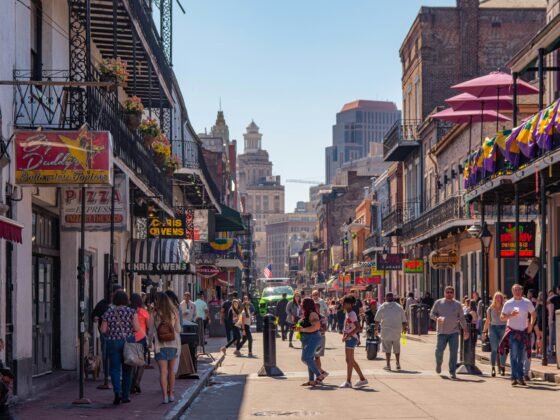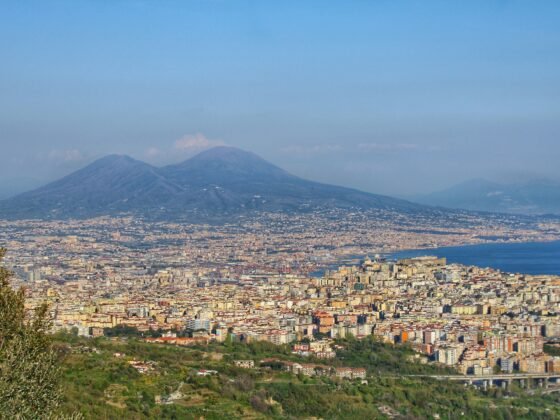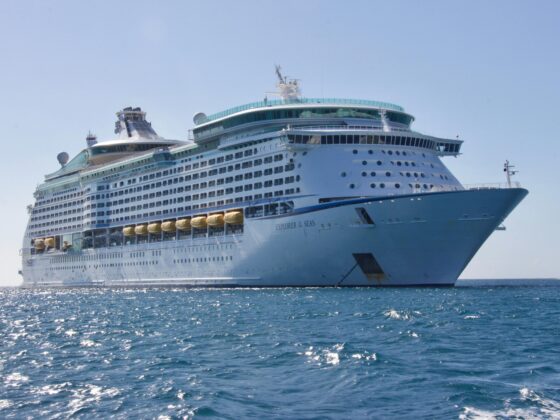Each year since 1985, the finest cities have been selected to host the prestigious European Capital of Culture, including Florence, Copenhagen and Liverpool. This year and in future years, two carefully chosen cities will host cultural extravaganza and this our preview for the European Capital of Culture cities for the next 5 years;
Marseille, France: European Capital of Culture 2013
Located in the south of France, Marseille is a traditional port city packed with culture, from the stunning Notre Dame de la Garde that dominates the skyline, the naturally beautiful Calanque de Morgiou and the handsome Abbaye Saint Victor.
Kosice, Slovakia: European Capital of Culture 2013
Superb architecture dominates Kosice in Slovakia with an emphasis on standout Art Nouveau buildings. There are plenty of things to see and do in Kosice, such as the Gothic masterpiece of the St Elizabeth’s Cathedral, the wealth of exquisite palaces and the curious Executioner’s Bastion Museum.
Umea, Sweden: European Capital of Culture 2014
The small town of Umeå in northern Sweden is young, arty and happening. During 2014 especially, Umea will showcase Gammlia Museum district where staff dress in traditional garb and its lively music, film and sports festivals which are held each summer.
Riga, Latvia: European Capital of Culture 2014
The party-centric city of Riga also boasts authentic culture, a wealth of museums and superb Jugendstil (German art nouveau) buildings, scattered across the city, such as the example above by Russian architect Mikael Eisenstein in the early 1900’s. Riga is also a UNESCO World Heritage Site. Be prepared to fall in love with this Baltic gem.
Mons, Belgium: European Capital of Culture 2015
Dating back to the Neolithic period, Mons in Belgium is packed with delightful period architecture, from the 15th century City Hall complete with a statue of a monkey out front, the Baroque belfry of the Saint Waltrude which in itself is a UNESCO site and the Van Gogh House where the man himself used to reside.
Plzen, Czech Republic: European Capital of Culture 2015
Located in western Bohemia is the fourth biggest city in the Czech Republic: Plzeň or Pilsen. The name is probably recognisable as ‘pilsner’ beer has its roots in this city! Cultural must-sees include the 13th century gothic St. Bartholomew’s Cathedral, the Pilsen City Art Gallery and the interesting Brewery Museum.
San Sebastian, Spain: European Capital of Culture 2016
The beautiful beach city of San Sebastian, in northern Spain, has just been voted as having one of the best beaches on earth! In addition to surfing, hiking and swimming, there is the Old Town (Parte Vieja) to explore, browse the art on display at the San Telmo Museum and admire the Iglesia de San Vicente church.
Wroclaw, Poland: European Capital of Culture 2016
The Polish city of Wroclaw is a curious blend of Bohemian, Austrian and Prussian history and culture, where the must-see sights include the exquisite Old Town and Market Square (Rynek), the Wroclaw Town Hall and the majestic spires of the Cathedral of St. John the Baptist.
Aarhus, Denmark: European Capital of Culture 2017
Situated on Denmarks’ Jutland peninsula is the city of Aarhus, or Arhus. The cosmopolitan city boasts a young and lively outlook with a wealth of sights including the Old Town (Den Gamle By), Danish prehistory Museum Moesgaard and the ‘trendy’ Latin Quarter.
Paphos, Cyprus: European Capital of Culture 2017
The pretty town of Paphos, in southern Cyprus, is best known as the birthplace of Aphrodite, the Greek Goddess of Love. The town is a rich source of archaeological sites such as The Tombs of the Kings, the Turkish Paphos Fort and the Paphos Archaeological Park which is home to intricate mosaics and the ruins of Roman villas.
Image Credit; 5












